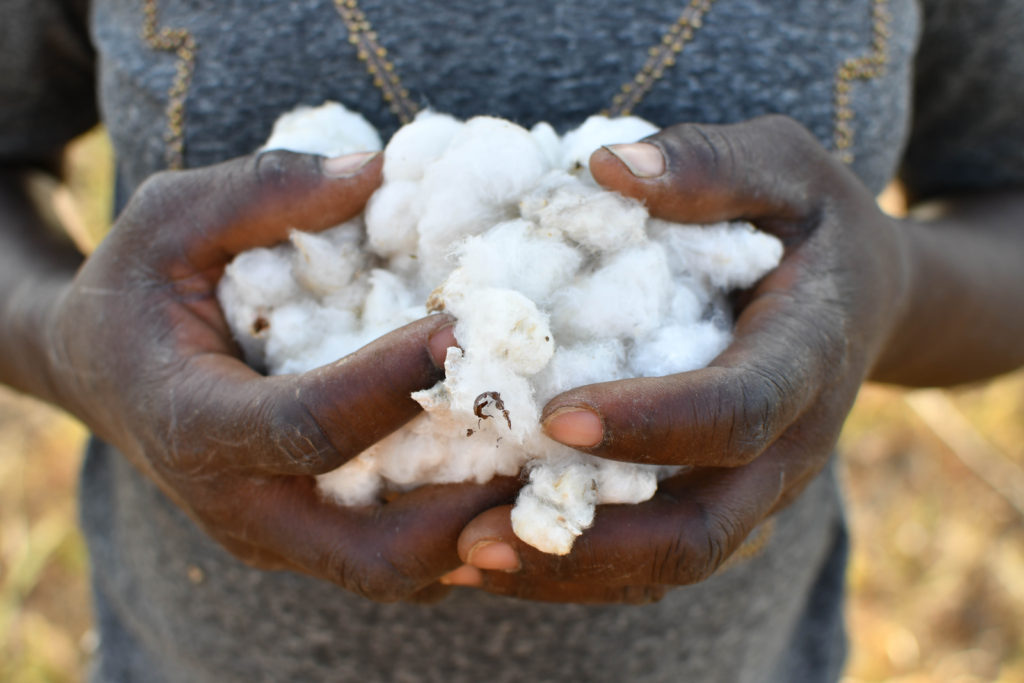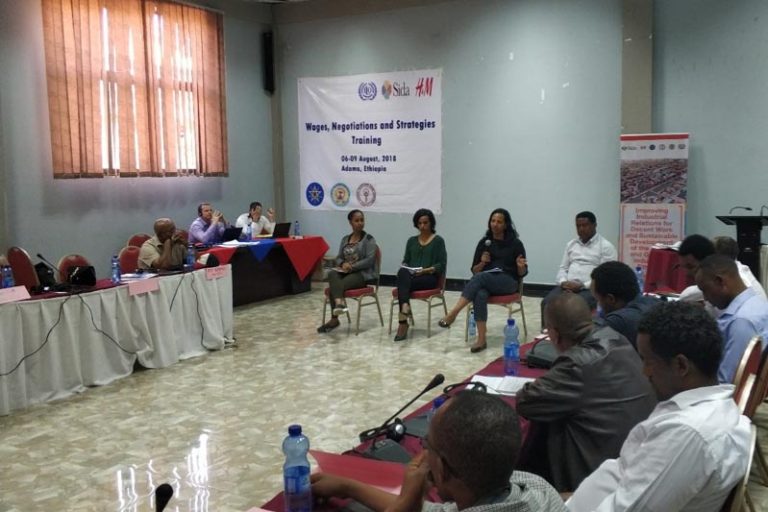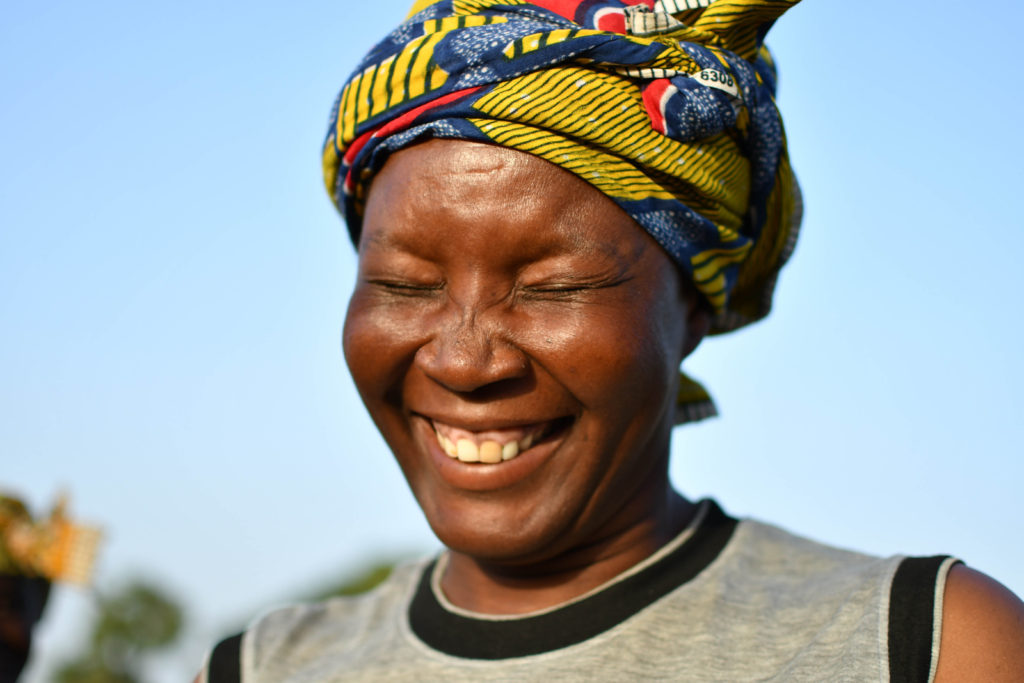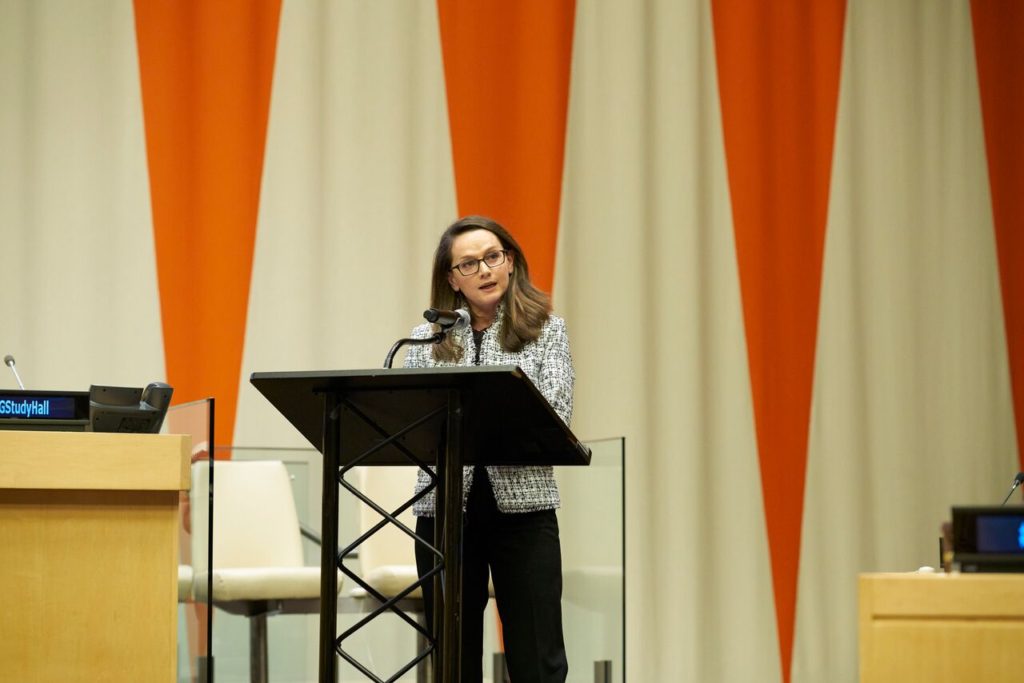Sign up to our newsletter
Receive news on the Alliance, upcoming events, and members activities in Sustainable Fashion




The United Nations Alliance for Sustainable Fashion is an initiative of United Nations agencies and allied organizations designed to contribute to the Sustainable Development Goals through coordinated action in the fashion sector. Specifically, the Alliance works to support coordination between UN bodies working in fashion and promoting projects and policies that ensure that the fashion value chain contributes to the achievement of the Sustainable Development Goals’ targets.
Fashion, as understood by the Alliance, includes clothing, leather and footwear, made from textiles and related goods. The scope of the Alliance’s work extends from the production of raw materials and the manufacturing of garments, accessories and footwear, to their distribution, consumption, and disposal.
Sustainability encompasses social issues, such as improvements in working conditions and remuneration for workers, as well as environmental ones, including the reduction of the industry’s waste stream, and decreases in water pollution and contributions to greenhouse gas emissions.
Through the Alliance, the UN commits to changing the path of fashion, reducing its negative environmental and social impacts; and turning fashion into a driver of the implementation of the Sustainable Development Goals.

Actors in the fashion sector have a critical role to play in achieving the Sustainable Development Goals. The fashion industry is a $2.4 trillion-dollar global industry that employs approximately 300 million people across the value chain — many of whom are women — and the scale of the industry is only expected to grow over the coming years.
Given its size and global reach, unsustainable practices within the fashion sector have important impacts on social and environmental development indicators. Without major change to production processes and consumption patterns in fashion, the social and environmental costs of the sector will continue to mount.

The Alliance supports collaboration through the development of joint activities, including outreach events, research and new guidelines.

The Alliance is fostering more effective knowledge sharing, by fostering transparency on best practices, data and activities of members via a knowledge platform.

The Alliance works to improve harmonization and strengthening synergies between existing initiatives

The Alliance works to achieve outreach and advocacy with a unified United Nations voice, targeting the private sector, governments, non-governmental organizations and other relevant stakeholders.
Unravelling the Environmental Impact of Fibres
The fashion industry significantly influences land use, soil health and degradation through its fiber choices and production practices. From cotton’s high resource demands to the overgrazing linked to wool and cashmere, and the microplastic pollution of synthetic fibers, each material poses unique challenges. Emerging alternatives, such as agricultural waste fibers, offer promise but remain niche. Addressing the environmental pressures caused by the fast pace of consumption and material reliance requires sustainable practices across the fashion value chain. This publication, being launched at UNCCD COP16 in Saudi Arabia, highlights the connection between fashion and land, showcasing innovative solutions, policy frameworks and actionable strategies to reduce the industry’s impact and promote long-term environmental stewardship.

Receive news on the Alliance, upcoming events, and members activities in Sustainable Fashion
